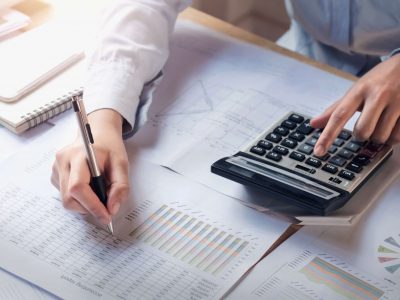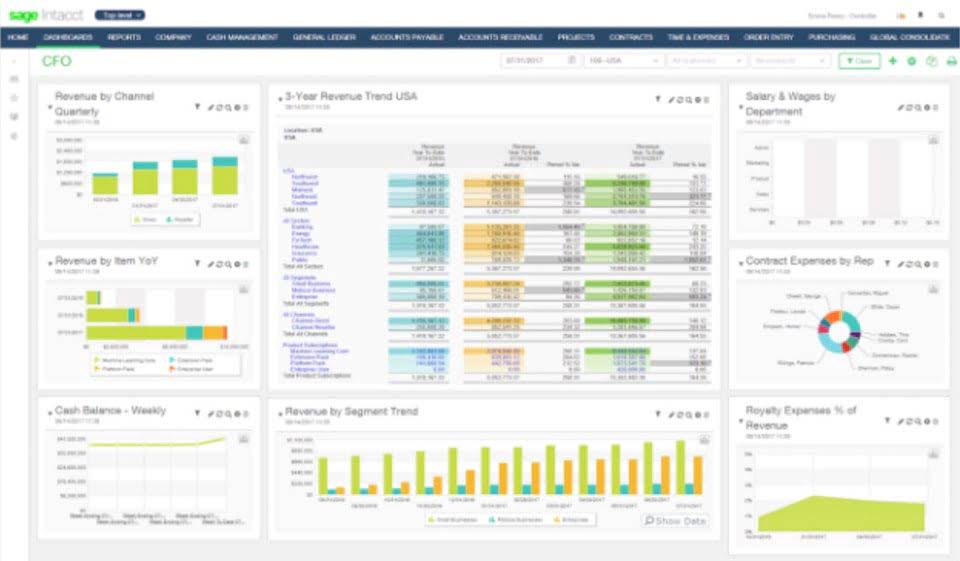Bookkeeping
What Are Plant Assets? Definition & Examples

Noncurrent assets include intangible assets, such as patents and copyrights. They provide value to a company but cannot be readily converted to cash within a year. Long-term investments, such as bonds and notes, are also considered noncurrent assets because a company usually holds these on its balance sheet for more than one fiscal year. When a company acquires a plant asset, accountants record the asset at the cost of acquisition (historical cost). When a plant asset is purchased for cash, its acquisition cost is simply the agreed on cash price. This cost is objective, verifiable, and the best measure of an asset’s fair market value at the time of purchase.
Main Purposes of Financial Statements (Explained)
- Equipment is also one of the most varied forms of plant assets since it differs based on the industry or the specific demands of each company.
- It’s determined by multiplying the difference between an asset’s purchase price and its projected salvage value by the number of years it’ll be in use.
- If debt has been used to purchase the plant asset, then the cash flow statement would also show the regular payments towards that debt too.
- A plant asset should be recognized at its costs when it fully meets the definition above by IAS 16.
Owners record depreciable land improvements in a separate account called Land Improvements. They record the cost of permanent landscaping, including leveling and grading, in the Land account. Property, plant, and equipment (fixed assets or operating assets) compose more than one-half what are plant assets of total assets in many corporations. These resources are necessary for the companies to operate and ultimately make a profit.
Premium Investing Services
In the end, be careful to distinguish between asset types both on the balance sheet and in practice. “We were called to Gough Road shortly before 10.30am on November 6 after a large amount of equipment was reported stolen. The administrators of a Wolverhampton recycling plant have spoken of the ‘extraordinary’ discovery of the entire plant being stolen – worth £1.3 million.
What you will learn to do: Identify PP&E

In the initial years of the asset, the amount of depreciation expense is higher and decreases as time passes. Every business concern or organization needs resources to operate the business functions. The resources are sometimes owned by the company and sometimes borrowed by external parties.

We should be wary of any indications of impairment such as a downturn in business which suggests that the plant assets may not be able to generate as much value as they could before. This includes purchase price, shipping costs, installation charges and any other costs directly attributable to bringing the asset to its working condition. PP&E may be liquidated when a company is experiencing financial difficulties. Selling property, plant, and equipment to fund business operations may signal financial normal balance trouble.
- Here, we’ll discuss what plant assets are, why they matter, and how they fit into a company’s financial circumstances.
- As time goes on, plant assets wear down and must be replaced, although most companies try to extend useful life for as long as possible.
- When a company acquires a plant asset, accountants record the asset at the cost of acquisition (historical cost).
- “The inventory of the equipment that was removed from the site was highly specialist PET recycling machinery with a limited market for its sale and disposal.
- A plant asset is any asset that can be utilized to produce revenue for your company.
What are the most common depreciation methods?

This means when a piece of equipment is purchased an expense isn’t immediately recorded. The accountant debits the entire costs to Land, including the cost of removing the building less any cash received from the sale of salvaged items while the land is being readied for use. Land is considered to have an unlimited life and is therefore not depreciable. However, land improvements, including driveways, temporary landscaping, parking lots, fences, lighting systems, and sprinkler systems, are attachments to the land.
From there, companies within an industry can often be easily compared. The straight-line method is the most commonly used method in most business entities. It is also called a fixed-installment method, as equal amounts of depreciation are charged every year over the useful life of an asset.
Accounting for Plant Assets
Plant assets are recorded at their cost and depreciation expense is recorded during their useful lives. Therefore, the first few years of the assets are charged to higher depreciation expenses. The later years are charged a lower sum of depreciation based on the assumption that lower revenue is generated.
What are Plant Assets? Definition, Examples, Management
The assets can be further categorized as tangible, intangible, current, and non-current assets. It includes cash/bank, short-term securities, inventories, account receivables, etc. Broadly speaking, an asset is anything that has value and can be owned or used to produce value, and can theoretically be converted to cash. In business, assets can take several forms — equipment, patents, investments, and even cash itself. Here’s a rundown of the different types of assets a business can possess, and the type of assets that are considered to be plant assets.